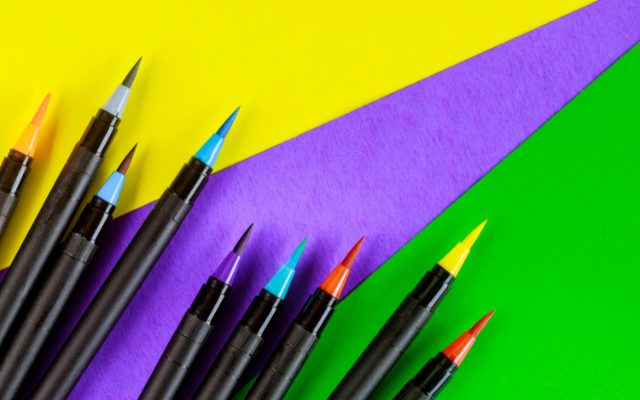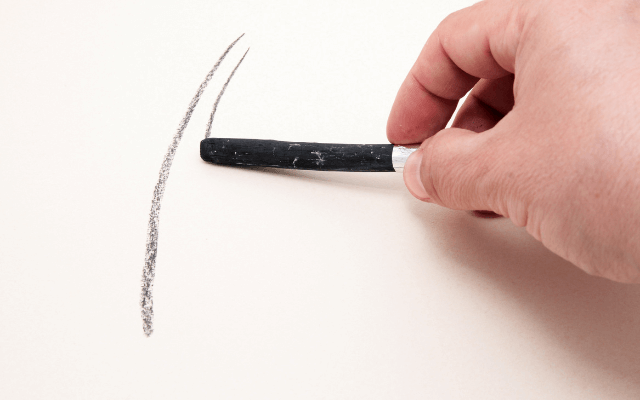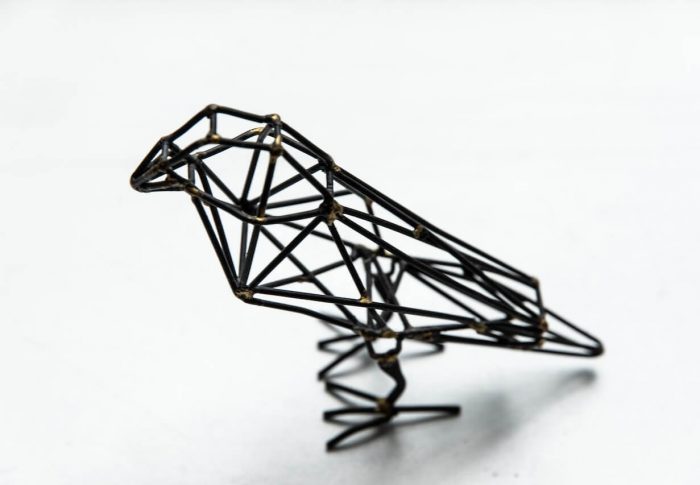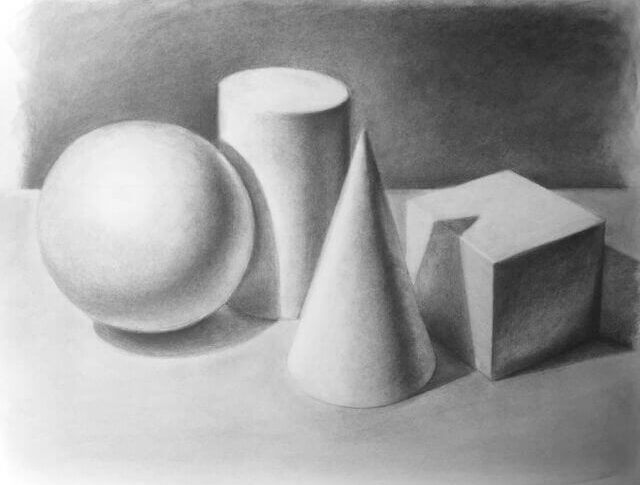
Essential Drawing Supplies for Beginners on a Budget
Have you ever felt the urge to pick up a pencil and create something beautiful, but hesitated because of the perceived cost of getting started? Fear not, aspiring artist!
Contrary to popular belief, you don’t need a fancy art studio or a hefty investment in supplies to embark on your artistic journey. In fact, with a few well-chosen essentials and a creative spirit, you can be well on your way to drawing mastery!
Let’s dispel another myth while we’re at it: drawing isn’t just for children. While it’s fantastic to encourage artistic expression at a young age, adults have distinct advantages when learning to draw. We bring focus, discipline, and a deeper appreciation for the process, allowing us to truly delve into the techniques and nuances of creating art.
So, grab a cup of coffee, settle into a comfortable spot, and get ready to explore the wonderful world of drawing on a budget!
Building Your Budget-Friendly Art Arsenal: Essential Supplies Every Beginner Needs
Now that we’re fueled by caffeine and creativity, let’s gather the tools you’ll need to bring your artistic vision to life. Here’s a breakdown of the essential drawing supplies for beginners, focusing on affordable options that won’t break the bank:
Pencils: Your trusty companions on this artistic adventure will be pencils! But with so many varieties, where do you even begin? Let’s talk about graphite grades. Pencils are labeled with a letter (H or B) followed by a number.
The “H” stands for “Hard,” and these pencils create lighter marks and hold a sharp point for longer. Conversely, “B” pencils are softer, resulting in darker tones but requiring frequent sharpening.
As a beginner, a starter set with three pencils (2H, HB, 2B) is a perfect choice. The 2H pencil is ideal for light sketching and outlining your composition. The HB pencil, also known as a “drawing pencil,” offers a nice balance between light and dark and is great for initial shading and details. Finally, the 2B pencil lets you create bold darks and rich shadows, perfect for adding depth and contrast to your drawings.
Sketchbook: This is your canvas, your playground for artistic exploration! When choosing a sketchbook, consider paper quality and size. Opt for a sketchbook with smooth, acid-free paper that won’t bleed through with pencil strokes. As for size, a medium-sized, spiral-bound sketchbook (think 8.5″ x 11″) offers a good balance of portability and drawing space. Remember, you can always graduate to larger sketchbooks later on!
Erasers: Yes, mistakes happen, and that’s perfectly alright! Having the right erasers will help you clean up those unwanted lines and refine your drawing.
Here’s where your eraser duo comes in:
- Kneaded Eraser: This magical putty-like eraser picks up excess graphite gently, perfect for lifting light marks and blending. Simply knead it with your fingers to keep it clean and effective.
- Vinyl Eraser: For those stubborn mistakes or areas needing a more thorough cleaning, a vinyl eraser is your friend.
Sharpener: To keep your HB and 2B pencils performing at their best, a basic pencil sharpener is a must-have. Look for a sharpener with a container to catch shavings and keep your workspace tidy.
Drawing Board (Optional): While not essential for beginners, a drawing board can provide a smooth, stable surface for your artwork. It can also help prevent paper warping from frequent erasing. However, a sturdy table with a good quality sketchbook will suffice in the initial stages.
Beyond the Basics: Exploring Additional Budget-Friendly Tools (Optional)
As you progress on your artistic journey, you might find these additional tools enhance your drawings:
- Blending Stump: This tool, often made of compressed paper or chamois, helps create smooth transitions and soft shadows. You can even use a rolled-up piece of paper as a free alternative!
- Charcoal Pencils: For bolder darks and a more expressive style, charcoal pencils are a great option. They come in various degrees of hardness, similar to graphite pencils.
- White Gel Pen: Want to add highlights or create a touch of light in your drawings? A white gel pen can be a fun tool to experiment with.
Remember, these additional tools are not essential for beginners. Focus on mastering the basics first, and then expand your kit as your skills and artistic preferences develop.
Where to Find Affordable Supplies?
Now that you know what you need, let’s talk about where to find these supplies without blowing your budget.
Here are some tips:
- Art Supply Stores: While large art supply stores might seem intimidating, most have student sections with budget-friendly options. Don’t hesitate to ask the staff for recommendations!
- Discount Stores: Discount stores often carry a surprising variety of art supplies at competitive prices. Keep an eye out for bulk packs of pencils and sketchbooks for even better deals.
- Online Retailers: The internet is a treasure trove for art supplies! Look for online retailers specializing in art supplies, where you can compare prices and find deals. Remember to factor in shipping costs when comparing prices online.
- Sales and Clearance Sections: Many stores have sales and clearance sections where you can find discounted art supplies. Check your local craft stores and office supply stores for hidden gems!
- Second-Hand Stores and Online Marketplaces: Eco-conscious and budget-savvy artists rejoice! Second-hand stores and online marketplaces like Craigslist or Facebook Marketplace can offer gently used sketchbooks, pencils, and even drawing boards at a fraction of the retail price.
Pro Tip: When shopping online, look for stores that offer free shipping on orders above a certain amount. This can help you save even more money.
Practice Makes Progress!
Now that you’re equipped with your essential supplies, it’s time to unleash your creativity! The key to mastering any skill is consistent practice.
Here are some tips to get you started:
- Set aside dedicated drawing time each day, even if it’s just for 15-30 minutes. Consistency is key to building your skills and confidence.
- Start with simple exercises: There are countless free drawing tutorials and exercises available online. Focus on basic shapes, lines, shading techniques, and perspective to build a strong foundation.
- Don’t be afraid to experiment! Drawing is a form of self-expression. Don’t be afraid to try different techniques, styles, and subjects.
- Find inspiration: Surround yourself with art! Visit museums, galleries, or browse online art communities for inspiration. Observe the works of other artists and see how they use different techniques to create their art.
- Most importantly, have fun! The process of learning to draw should be enjoyable. Don’t get discouraged if you don’t see results overnight. Embrace the journey, celebrate your progress, and enjoy the creative outlet that drawing provides.
Remember, there’s no shame in starting small. With dedication, practice, and the essential tools outlined above, you’ll be well on your way to creating beautiful drawings that express your unique artistic vision. So, grab your pencil, open your sketchbook, and let your creativity flow!




